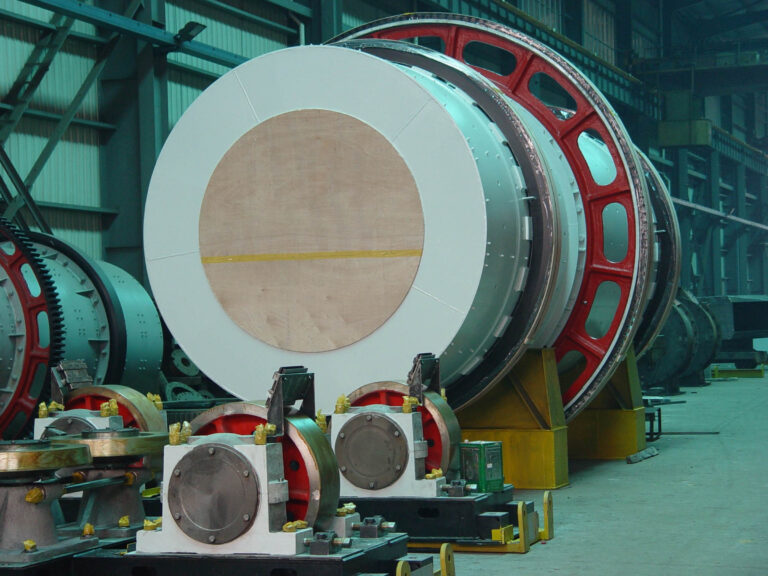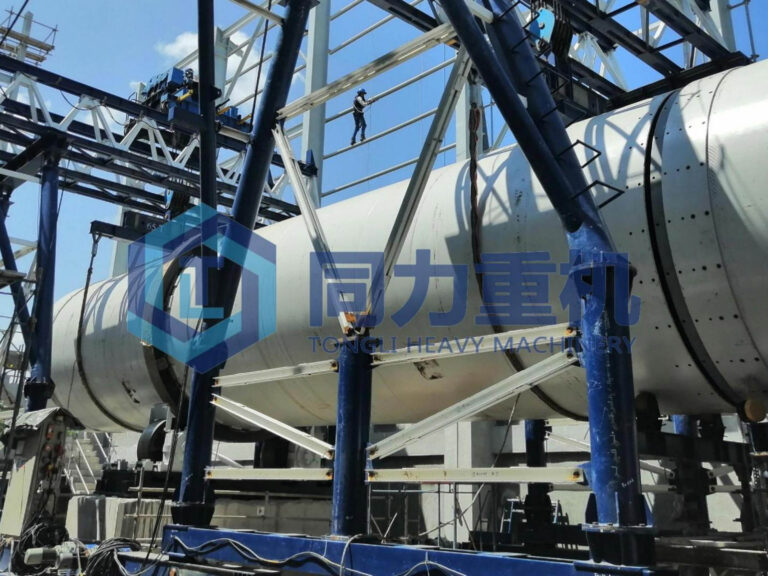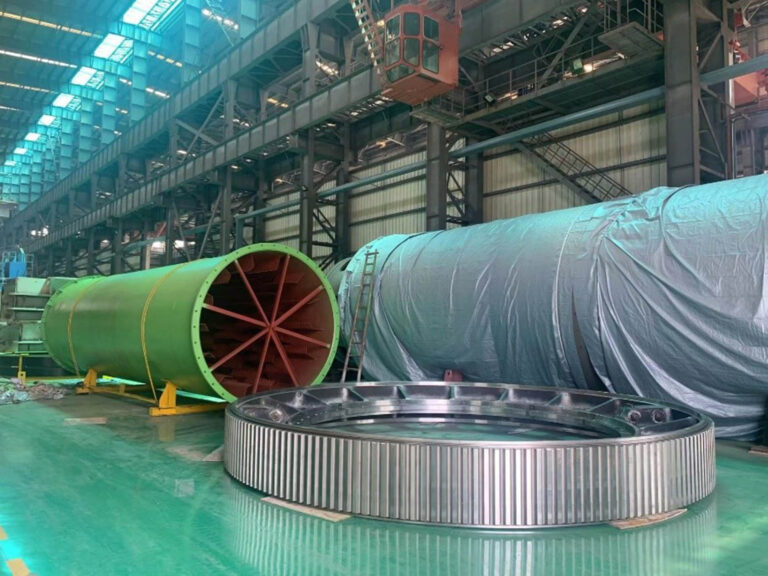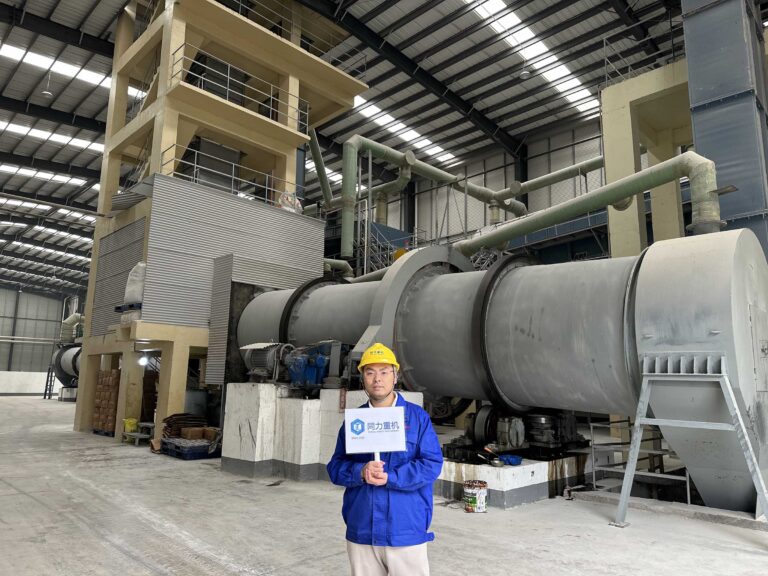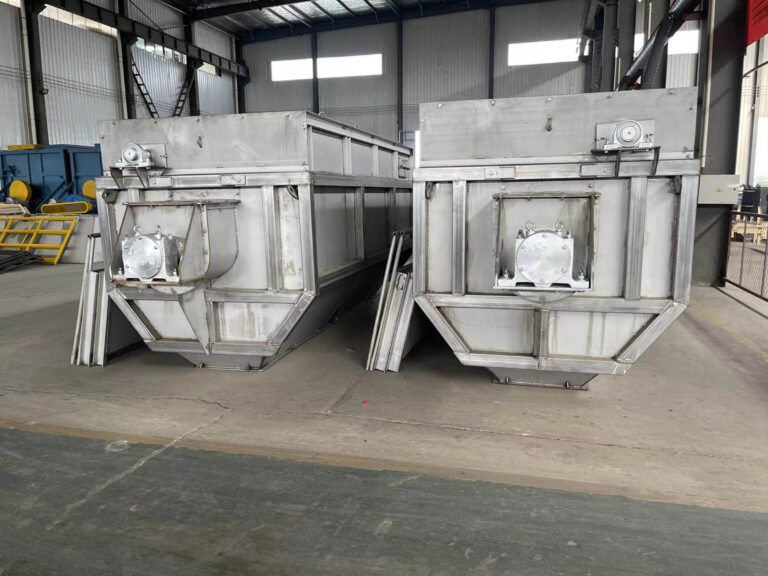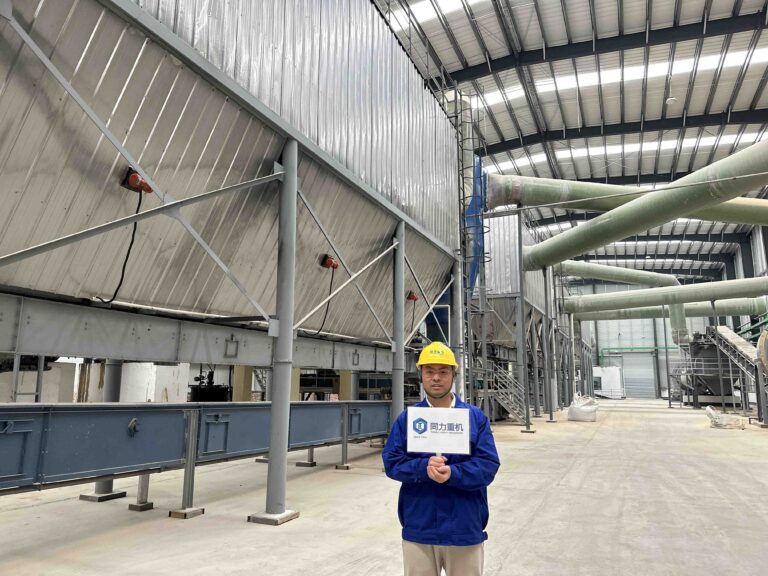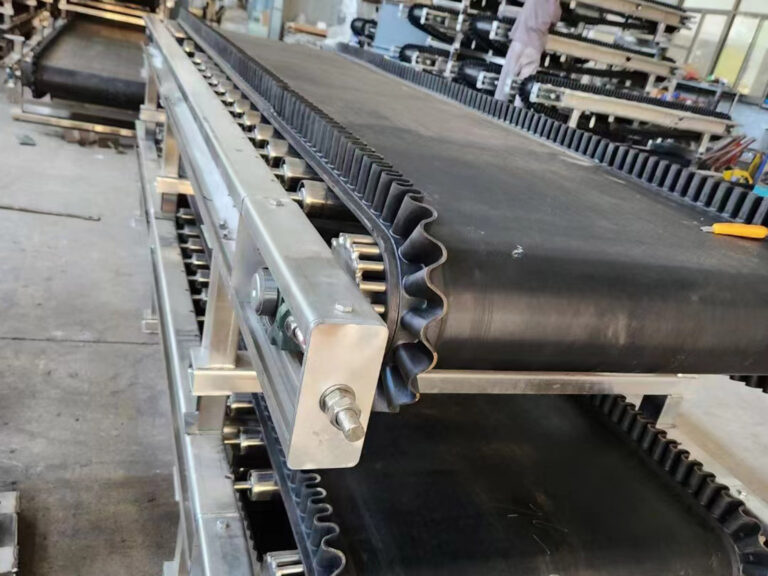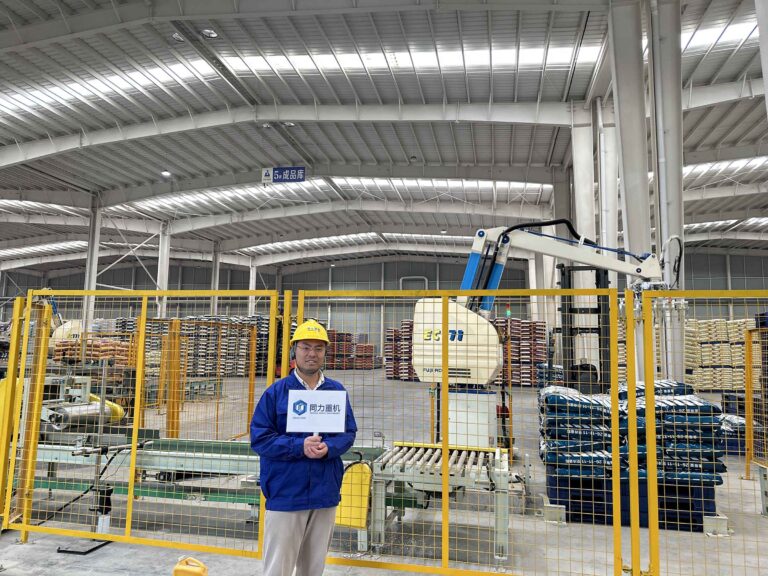Bucket Elevator
Bucket Elevator Introduction
Bucket elevator is a commonly used vertical conveying equipment, widely used in chemical, food, building materials, metallurgy and other industries. It is mainly used for conveying powdery, granular and small lumpy materials, such as grain, coal, ore, fertilizer and so on.

Advantages of Belt Conveyor
- Large conveying capacity: it can continuously convey a large amount of materials.
- High lifting height: it can lift the materials to a higher position.
- Good sealing: it can effectively prevent material leakage and reduce dust pollution.
- Strong adaptability: it can convey various types of materials, including high temperature, low temperature, easy to wear and tear materials.
- Simple structure: easy to install and maintain.
- High efficiency and energy saving: Adopting inflow feeding and induced discharging reduces ineffective power. **Compact structure: small footprint, space-saving.
- Smooth operation: low noise, low vibration.
- Long service life: Made of high-quality materials, wear-resistant and corrosion-resistant.
Belt Conveyor Applicable Materials
Grain processing industry
Conveying grains, beans, etc.
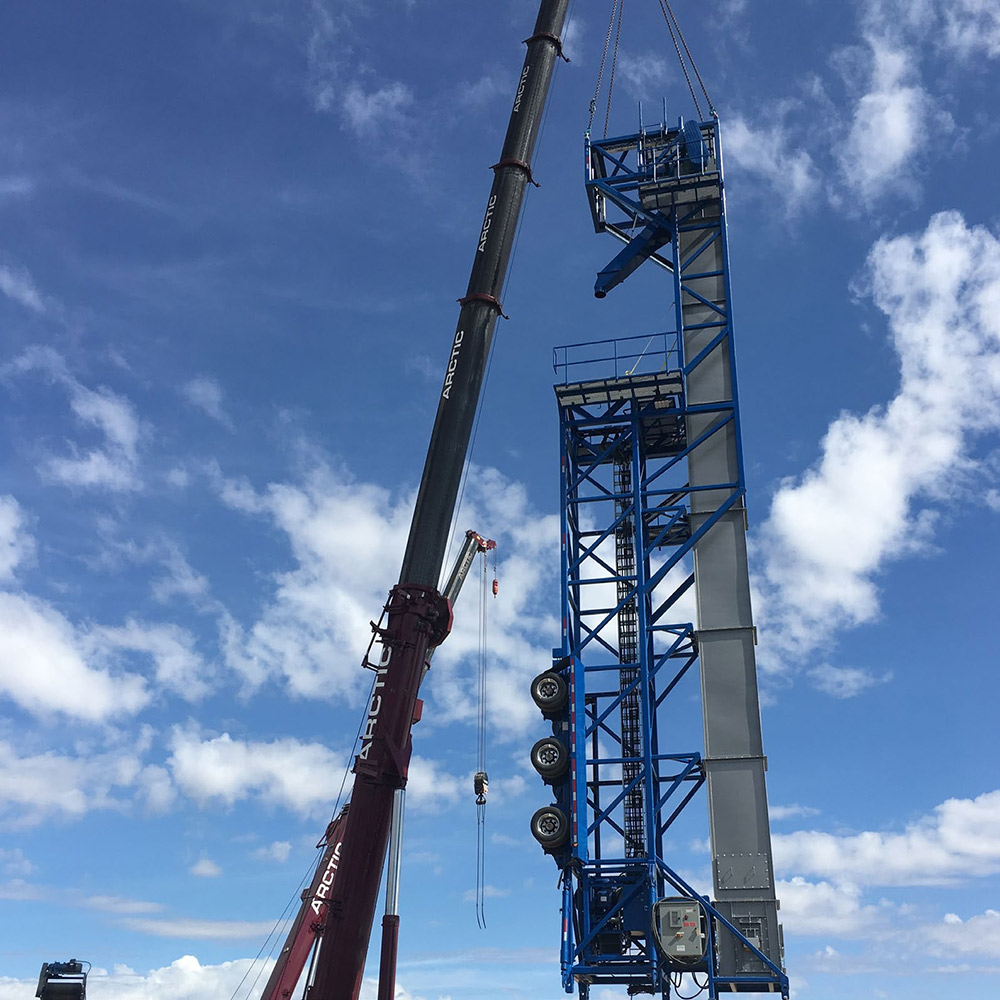
Building materials industry
conveying cement, gypsum, etc.
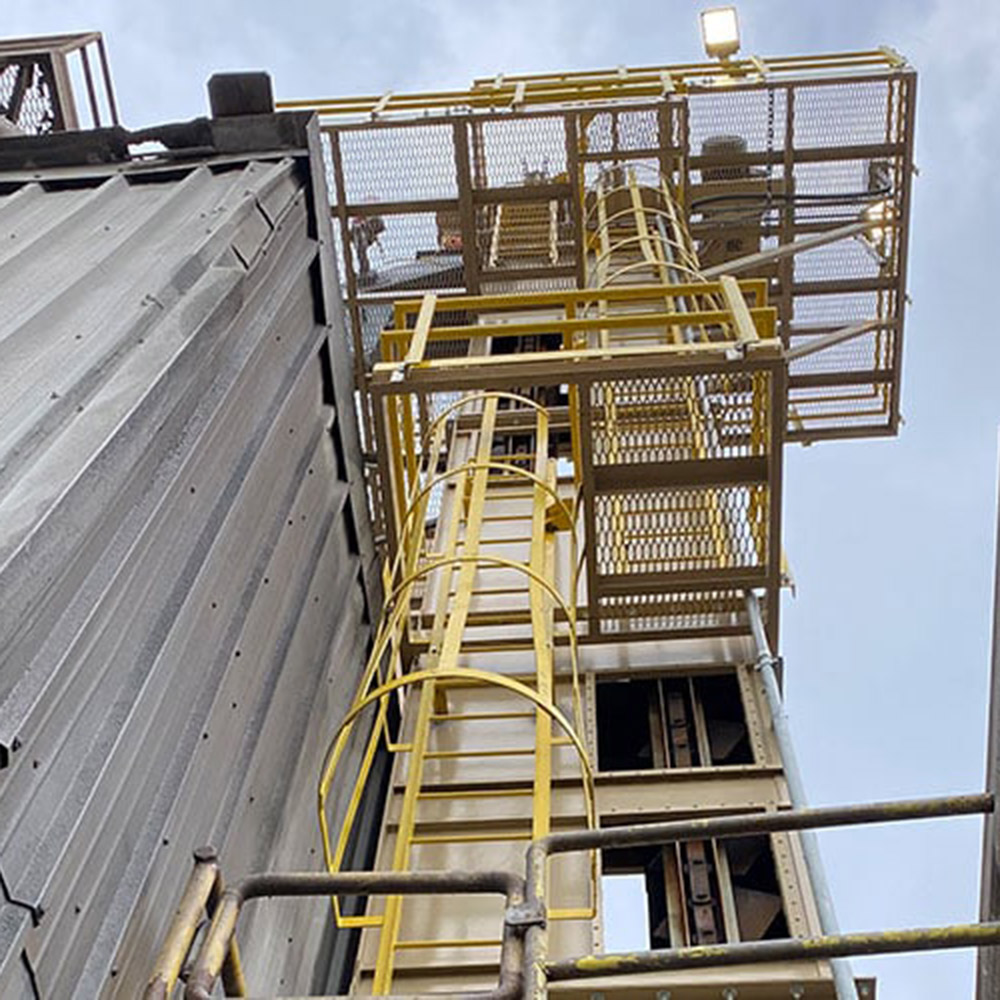
Chemical industry
conveying various powdery and granular materials.
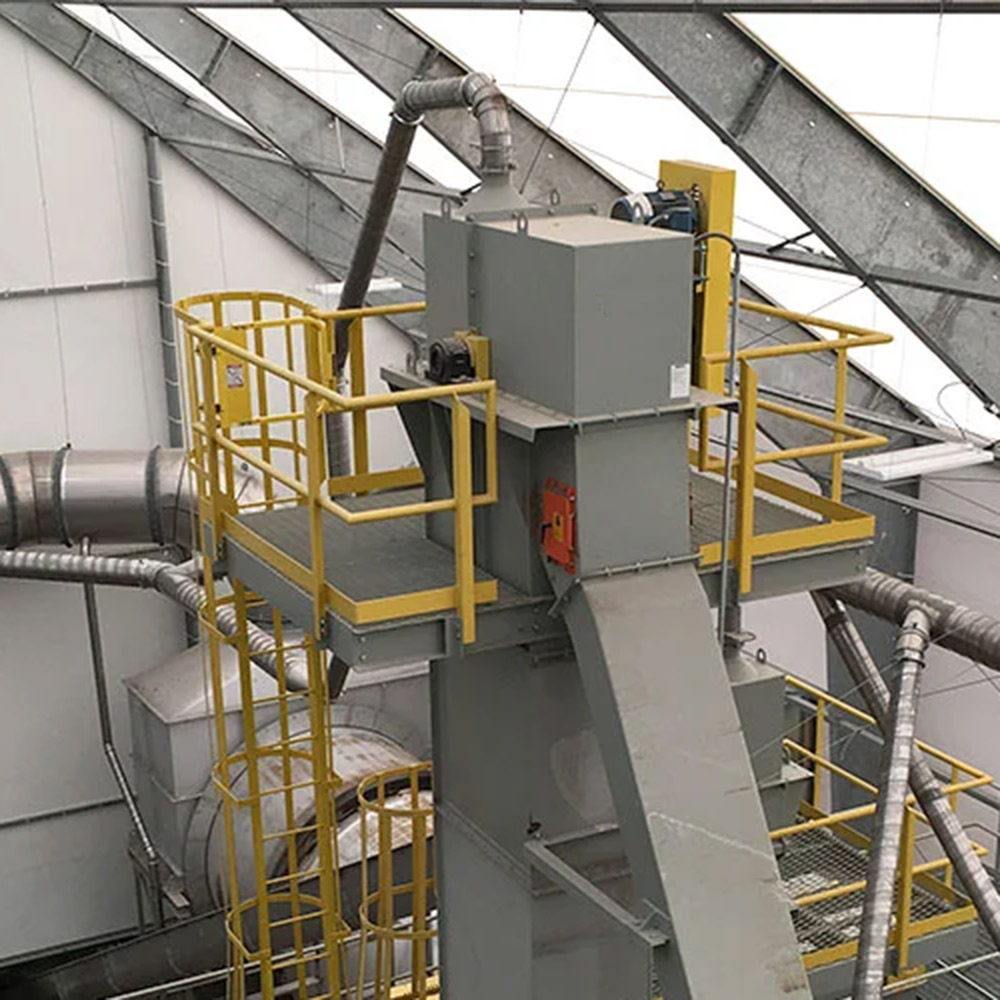
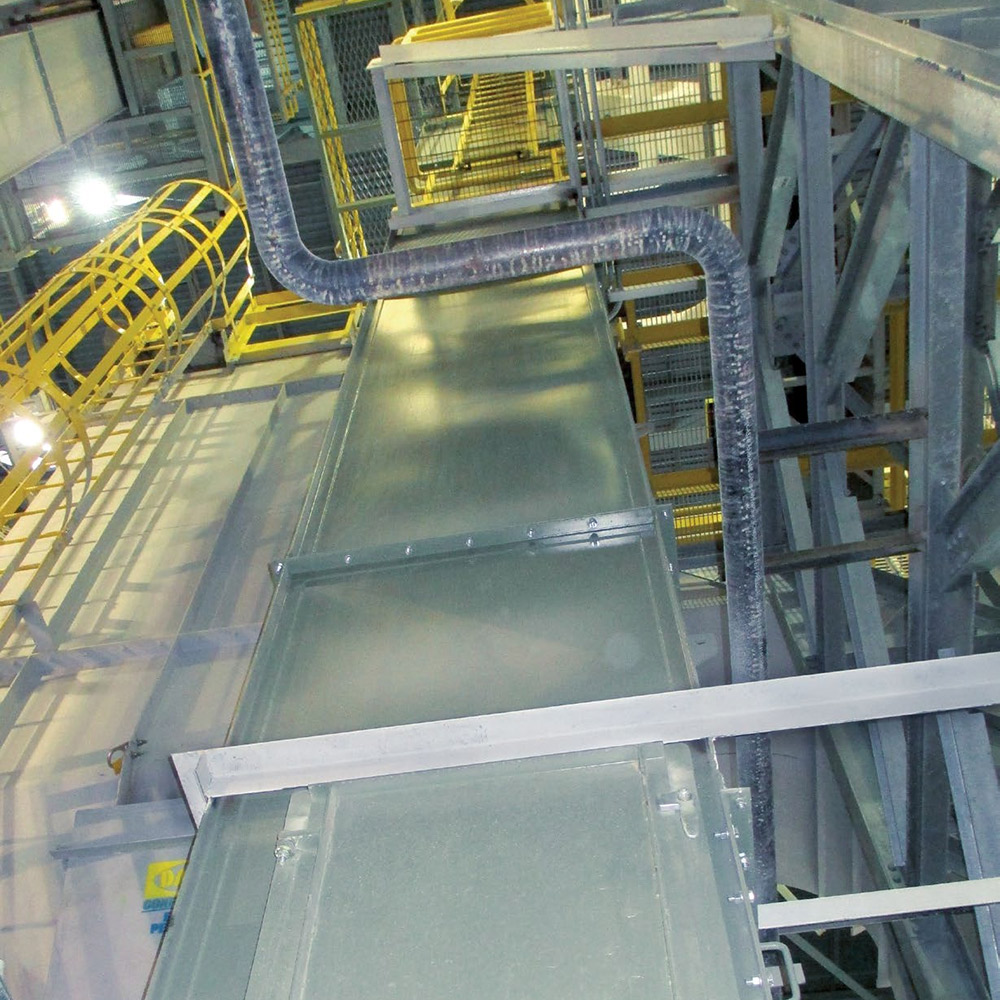
Main Components
Bucket elevator consists of hopper, driving device, top and bottom drum (or sprocket), tape (or traction chain), tensioning device and casing.
Screws and elastic gaskets fixed in the belt mouth, the belt is wider than the bucket 35 ~ 40mm, the general tape conveying temperature does not exceed 60 ℃ material, heat-resistant tape can be transported to 150 ℃ material.
Single chain is fixed on the back wall of the hopper; double chain is connected with both sides of the hopper. Chain elevator when the width of the hopper for 160 ~ 250mm single chain, when the hopper for 320 ~ 630mm double chain, the main disadvantage is that the chain between the wear and tear of the links, increase the number of maintenance.
Bucket elevator drive sprocket. The sprocket is used to mesh with the pitch-accurate block on the link chain ring or cable, and is a solid or spoked gear, which meshes with the roller chain to transmit the movement.
- Cylindrical hopper:
Deep hopper, the mouth of the hopper is inclined, the depth is large, used for drying, good fluidity, well scattered granular material transportation. - Shallow hopper:
The mouth is inclined, the depth is small, used for wet and fluid granular materials. - Deep hopper:
Deep hopper general material is relatively dry and has good fluidity. - Triangular hopper:
Materials are generally directed at self-flowing discharge. - Sharp angle-shaped hopper:
Its sidewalls extend to the outside of the bottom plate, and become a baffle, unloading, the material can be unloaded along the baffle and the bottom plate of a bucket formed by the groove unloading stop, suitable for viscous and heavy lumpy material transportation.
What Else Does TONGLI offer?
Our Products
We are the industry heads and produce the most reliable and trendy fertilizer production line solution you are looking for.
NPK compound fertilizer steam granulation solution
Suitable for making compound fertilizers, organic fertilizers and mixed fertilizers with diversified formulas with large output
NPK roller extrusion granulation method production
Save energy consumption, flexible output, small investment
High tower prilling method npk fertilizer production
Large investment, large output, suitable for making high-nitrogen NPK compound fertilizer
BB fertilizer blending line
Small investment, flexible output, and can mix a variety of formulas
The only place where you’ll get the perfect solution for fertilizer industry needs.
Frequently Asked Questions
1. Installation: After the machine arrives at the factory, it will be installed in conjunction with the process, indicating the elevation and horizontal position, tilted installation, generally tilted at 2-5 degrees (which can be adjusted to make the user’s needs), and the machine bracket and transmission frame even ground angle holes, which can be mounted on rolled condensed soil.
① machinery each base and the foundation between the pad into the deed-shaped mat board thickness should not be greater than 30-35mm;
② the height of the base with the deed-shaped pad to adjust the height of the base to make the base 5 degrees of inclination;
③ After each base is adjusted properly, put the cylinder on the support and adjust the carrier wheel;
④ Install the drive part of the film wrapping machine;
⑤ Be sure that the bracket wheel, transmission device and cylinder are properly adjusted and start pouring cement, and after 8-10 days, start the no-load test run after the cement is solidified;
⑥ Method of adjusting the position of the machine body:
a. On the full length of the left and right sides of the machine body, install two parallel steel wires with a diameter of 0.5-1mm and check the level of the wires with a level meter;
b.Lower two phase hammers tangent to the rolling circle from each rolling circle down the sides of the dryer;
c.Measure the distance from the steel wire to the wire drop to detect the body in the horizontal position;
d. Measure the relative vertical elevation of the two rolling circles to check the position of the machine body in the vertical plane;
e. Use the method of moving the electric torque wheel to adjust the measurement of the two articles c and d, so that the machine body is in the correct position;
2. No-load test run:
1). Uninterrupted no-load for 8 hours, the temperature of each bearing should rise smoothly, and the temperature of the bearing should not be higher than 50 degrees Celsius at the termination of the test run;
2). The noise of gears should be average and should not be high or low;
3). After the test run, the bearings shall be observed without serious wear and abrasion.
A.Starting the machine
1. The following preparations should be made before starting the film wrapping machine;
a. Check and adjust the powder feeding device and protection equipment;
b. All bearings and lubricating devices of friction surfaces should have appropriate quantity of grease;
2. It is forbidden to start the film wrapping machine without checking the film wrapping machine and auxiliary mechanical equipment;
3. The steps to start the film wrapping machine are as follows:
a. Start the motor of the film wrapping machine.
b. Start the feeding and discharging conveying equipment.
B. Stopping
1. The steps to stop the film wrapper are as follows:
A. Stop adding raw material to the wrapper;
B. Turn off the drive motor of the wrapping machine;
C. Stop the equipment for transporting granular materials;
1. Dry grease should be smeared at the gears before starting the machine;
2. Dry grease to be smeared on the surface of rolling belt once in 7 days;
3. Bearing housing to be hit or renewed with new dry grease every three months;
4. Add gear oil once before the reducer is used and replace it every four months thereafter;
Pinion gear is worn, install pinion gear upside down, if both sides are worn, new gear is needed.
The intermediate connection between the large gear and the cylinder is damaged, adjust the connection and make appropriate treatment if necessary.
Clamping roller belt to the side of a concave joint
Clamp the belt to the concave joints with pads or wedges, but beware of over-clamping, which can lead to accidents, but uneven tensioning can cause the machine to jump and vibrate.
Wheel wear Refurbish or replace the wheel according to the degree of wear
Block wheel wear Repair, move, or replace with new block wheel depending on degree of wear
Simple body vibration

